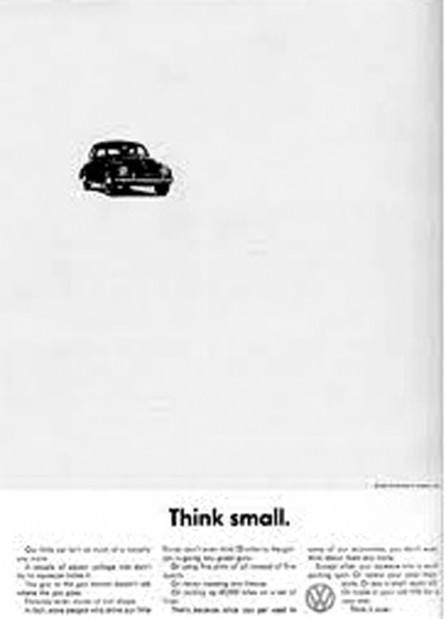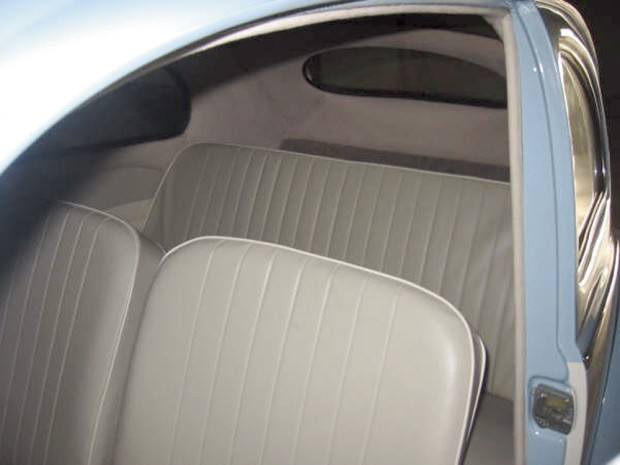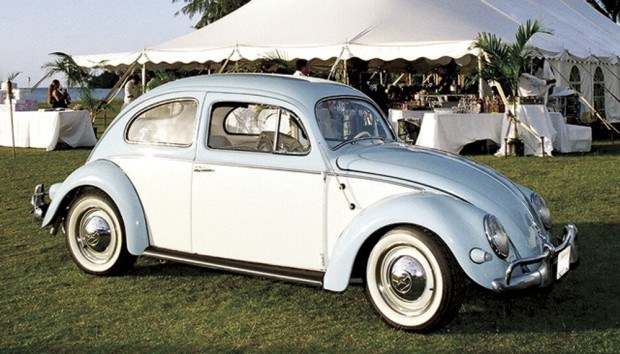What do Adolph Hitler, Ferdinand Porsche, POWs and the Doyle Dane Bernbach advertising agency have in common? Oddly enough, each plays a role in Volkswagen’s colorful history. Ferdinand Porsche designed the first Volkswagen — German for “people’s car” — and
What do Adolph Hitler, Ferdinand Porsche, POWs and the Doyle Dane Bernbach advertising agency have in common? Oddly enough, each plays a role in Volkswagen’s colorful history.
Ferdinand Porsche designed the first Volkswagen — German for “people’s car” — and Hitler approved the design and gave the green light for production in 1939. World War II disrupted the plan, and the VW plant was used for the production of military vehicles. By 1943, more than 12,000 prisoners were building rockets and repairing airplanes, most of which were to be “exported” directly to Great Britain, in a manner of speaking.
After the war, the VW plant was offered to the British. They liked the product enough to order 20,000 units, but declined the offer to take over the plant. U.S. and French auto companies were not interested either. Finally, in 1948, VW was reorganized as a trust and in 1949, the first Type 1 Beetle was sold in the U.S. for the first time. Total sales for the year: two. But it didn’t stay that way for long. In 1955, the Volkswagen Group of America was formed to set up sales and service operations in the U.S. That year, more than a million beetles were sold in the U.S. In 1959, advertising was handled by the ad agency Doyle Dane Bernbach, whose “Think Small” campaign targeted younger consumers. If you were to look at those old ads today, they would probably put a smile on your face, even after all those years.
Kaipo Pavao, a Kaua‘i chiropractor, has owned this beautifully restored 1957 Volkswagen for 10 years. It was a rough project when he plunked down $3500 for the little oval-windowed beetle at a VW swap meet in Irvine, Calif. Pavao invested another $7,000 in parts and paint to put the car in its current condition. The restoration was a labor of love that took eight months of hard work, consuming most of his free time. Pavao did just about all the work, with a great deal of help rendered by his wife, Sara. Pavao also feels a debt of gratitude to his Hawaiian friends in Costa Mesa, California: Lincoln, Dave, and Gene Ah Lo for their passion for VWs, in addition to their expertise and guidance regarding engines, interiors and paint.
Sara gets credit for choosing the light blue and off-white paint scheme and the overall appearance. The wide whitewall tires certainly contribute to the design theme.
During the restoration process, the 36-horsepower car was upgraded with a dual-port 1,600 cubic-centimeter engine from a later model. The added power helped the beetle keep up with freeway traffic, as reflected in the California license, which reads “JS4PCH,” which stands for “Just for Pacific Coast Highway.”
Pavao’s beloved beetle is worth about $10,000, but don’t expect him to sell it any time soon.
1957 was the last year of the “oval window” that replaced the “split window” in mid-1953. Besides, the VW is very special — it was Kaipo and Sara’s wedding car.
• Wheels in Motion is a weekly feature showcasing interesting island vehicles and the people who own them. Email wheels@thegardenisland.com to suggest a vehicle that should be featured.




